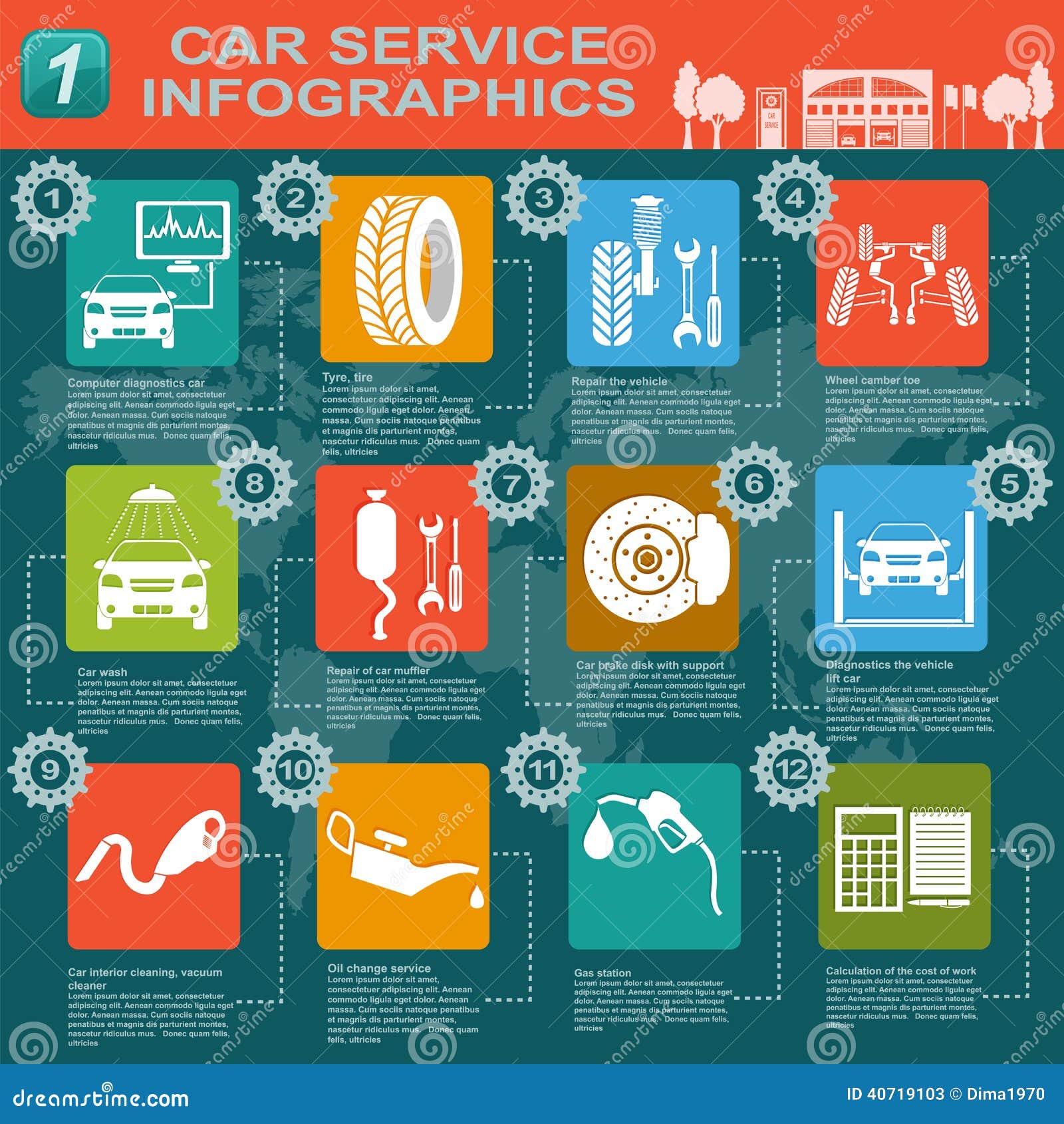Analyzing Truth Importance Of Caution Lighting In Your Vehicle
Analyzing Truth Importance Of Caution Lighting In Your Vehicle
Blog Article
Write-Up By-Kane Dreier
When you're behind the wheel, those glowing caution lights on your control panel can be a little bit puzzling. Do you recognize what they're attempting to inform you concerning your car's health and wellness? Recognizing the relevance of these lights is essential for your security and the durability of your vehicle. So, the next time among those lights appears, wouldn't you want to decode its message accurately and take the essential steps to resolve it?
Common Warning Lighting and Interpretations
Determine usual warning lights in your automobile and understand their meanings to make sure safe driving.
One of the most typical caution lights include the check engine light, which indicates concerns with the engine or emissions system. If this light comes on, it's crucial to have your vehicle examined quickly.
The oil stress alerting light suggests low oil pressure, calling for instant interest to stop engine damages.
A blinking battery light could recommend a faulty charging system, possibly leaving you stranded otherwise dealt with.
The tire pressure surveillance system (TPMS) light signals you to low tire pressure, affecting vehicle stability and fuel performance. Overlooking this might cause unsafe driving conditions.
The ABS light shows an issue with the anti-lock stopping system, compromising your capacity to quit promptly in emergencies.
Finally, the coolant temperature level warning light warns of engine overheating, which can cause serious damage if not fixed promptly.
Understanding these typical warning lights will help you resolve issues without delay and maintain risk-free driving problems.
Importance of Prompt Interest
Comprehending the common warning lights in your cars and truck is just the very first step; the value of without delay addressing these cautions can't be highlighted sufficient to guarantee your safety and security when traveling.
When a warning light illuminates on your dashboard, it's your vehicle's way of interacting a prospective concern that needs interest. Ignoring these warnings can lead to more extreme issues in the future, compromising your safety and security and possibly costing you much more out of commission.
Prompt focus to cautioning lights can protect against malfunctions and mishaps. For instance, a blinking check engine light can suggest a misfire that, if left unattended, could trigger damage to the catalytic converter. Resolving this promptly can save you from a pricey repair work.
In a similar way, a brake system advising light may indicate low brake liquid or worn brake pads, vital components for your security when driving.
DIY Troubleshooting Tips
If you discover a caution light on your dashboard, there are a few DIY repairing ideas you can attempt before looking for expert assistance.
The very first step is to consult your automobile's handbook to recognize what the specific warning light indicates. Occasionally the problem can be as straightforward as a loosened gas cap activating the check engine light. Tightening the gas cap might fix the problem.
brake caliper repair kit is a reduced battery, which can activate numerous warning lights. Inspecting the battery links for corrosion and guaranteeing they're protected could take care of the problem.
If a warning light lingers, you can try resetting it by disconnecting the car's battery for a few minutes and after that reconnecting it. Furthermore, examining https://damienmgatn.spintheblog.com/31465301/reveal-the-vital-factors-to-consider-to-bear-in-mind-when-mulling-over-between-do-it-yourself-vehicle-repair-services-and-enlisting-the-help-of-an-expert-with-the-help-of-this-informative-overview , such as oil, coolant, and brake liquid, can help troubleshoot advising lights related to these systems.
Final thought
Finally, comprehending your vehicle's warning lights is essential for maintaining your automobile running efficiently and safely. By immediately addressing browse this site and understanding what they imply, you can stay clear of costly repair work and possible malfunctions.
Bear in mind to consult your vehicle's handbook for specific information on each alerting light and take action accordingly to ensure a trouble-free driving experience.
Remain notified, remain risk-free on the road!
